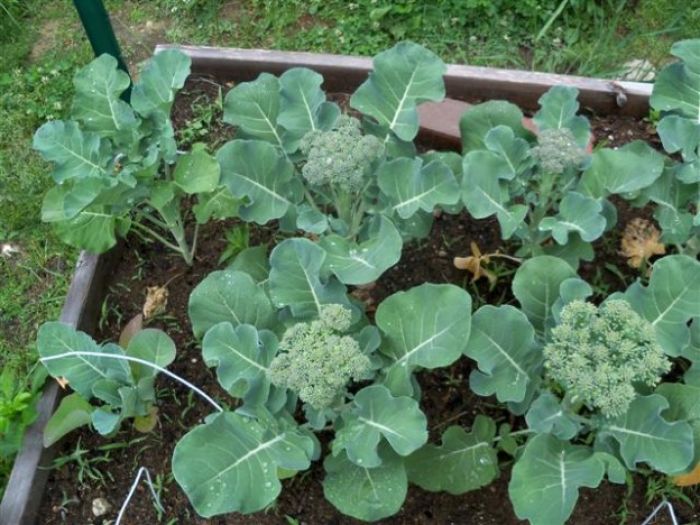 Broccoli is becoming more and more popular in our country. Having come to taste, it was previously acquired exclusively in stores, and today it is quite successfully grown on personal plots, as well as on balconies and even on window sills.
Broccoli is becoming more and more popular in our country. Having come to taste, it was previously acquired exclusively in stores, and today it is quite successfully grown on personal plots, as well as on balconies and even on window sills.
There are some nuances in the cultivation of vegetables and growing seedlings is of great importance. How, when and how to do this, we will consider further.
Culture Brief
The main types of broccoli are three. Calambrian differs in inflorescences of green, white or saturated violet color of a round or conical shape. Red is very similar to cauliflower, only differs from it in color. And the stalk can be recognized by small crunchy stems.
According to the degree of maturation is divided into:
- early - from the time of sowing to ripeness, it takes from 60 to 100 days (Linda, Batavia, Monaco, etc.);
- medium - matures in 104-130 days (Dwarf, Iron Man F1);
- late - require from 130 to 145 days to mature (Maraton, Agassi, Partenon, etc.).
When to plant
If you want to harvest broccoli cabbage throughout the season, it is better to pick varieties according to the ripening time and sow them at intervals. It should take into account not only the characteristics of the variety, but also the weather conditions of the region and the recommendations of the lunar calendar. In accordance with it, the following dates are optimal for planting seeds in 2018:
- 05.02-08-02, 19.02-22.02;
- 07.03-08.03, 18.03, 20.03, 21.03;
- 04.04-06.04, 08.04-10.04, 20.04-23.04;
- 08.05-12.05, 19.05-24.05.
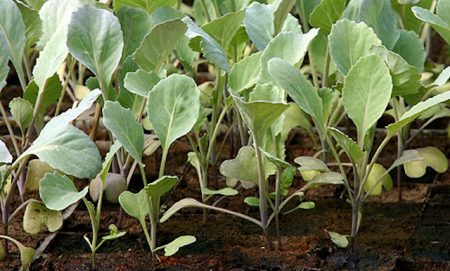
Of course, a lot depends on the area where cabbage will be grown. For the Krasnodar Territory and other southern regions, sowing dates are 2-3 weeks earlier than for the Moscow Region and the Leningrad Region.
If we talk about the northern regions, then broccoli is mainly grown in closed beds. Although the climate of Siberia has recently become much milder, and in the Urals it is more and more often pleasing with a warm long summer, and breeders annually produce new varieties special for cold terrain.
Growing seedlings
You can sow broccoli directly into the ground, but the seedling method has several advantages. Firstly, a crop will be received much faster. Secondly, cabbage after transplantation on the breast will be less sick. It is also worth noting the simplicity of caring for plants at home in comparison and significant financial savings, because seedlings allow you to get one plant from one seed, and in open ground it is necessary to thin out, during which a third, and sometimes half, of the shoots are removed.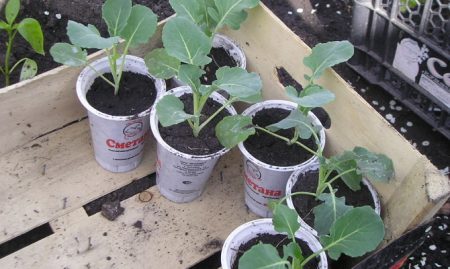
You should start with the preliminary preparation of seeds. They are sorted out, cleaned small and damaged. Then they warm up. To do this, a solution of wood ash is prepared (in a liter of hot water, a tablespoon with a slide dissolves). Seeds are wrapped in a bag of gauze and lowered into it for 15 minutes, then poured into cold water for 2-3 minutes. During this time, empty and weak seeds will float to the surface, and those that are able to give a good crop will sink to the bottom.
Sorted seeds will not prevent additional soaking in a weak solution of potassium permanganate. This will strengthen them and increase the immunity of the plant.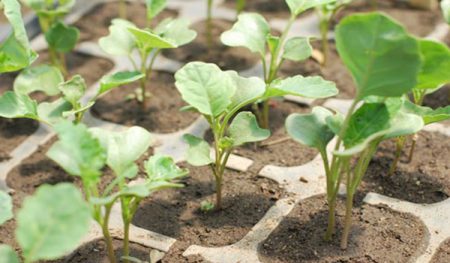
Broccoli is also a must for hardening. To do this, the seeds are cleaned for a day before planting in the refrigerator, wrapped in a damp cloth.
Preparatory work is carried out with soil. For broccoli, you need to prepare a nutritious light soil that will allow air to pass through well. An ideal composition is turf land mixed with compost and wood ash. You can add a little river sand. Next, the soil must be calcined in the oven or spilled with a boiling solution of potassium permanganate. This will help destroy possible bacteria, germs and fungi.
Seedling tanks also require prior preparation. Broccoli can be grown in plastic cups, pots, peat tablets, etc.
Peat tablets may be used. Their height (4-5 cm) is quite enough for the development of strong seedlings.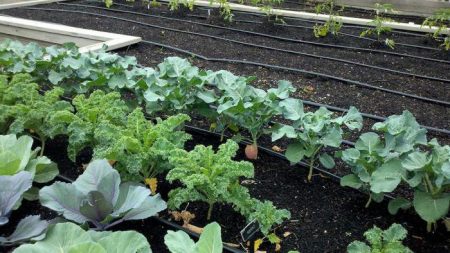
For broccoli, it is necessary to maintain a temperature of + 17-18 in the afternoon and + 10-12 at night. With a higher one, it will simply stretch and die. Lighting matters. Cabbage needs a 15-hour daylight, so be prepared for the fact that it will have to be illuminated.
Watering a crop loves, but humidity should be moderate. Stagnation of water can lead to the development of the "Black Leg".
Feeding is carried out mainly with potassium. Broccoli responds well to wood ash and regular watering with a weak solution of potassium permanganate.
A couple of weeks before moving to the soil, seedlings must begin to harden. To do this, they take her out onto the street, gradually increasing the time of “sessions”.
Growing broccoli is no more difficult than other more familiar crops. Be sure to master this science, and the reward will be a rich harvest of healthy and tasty vegetables.

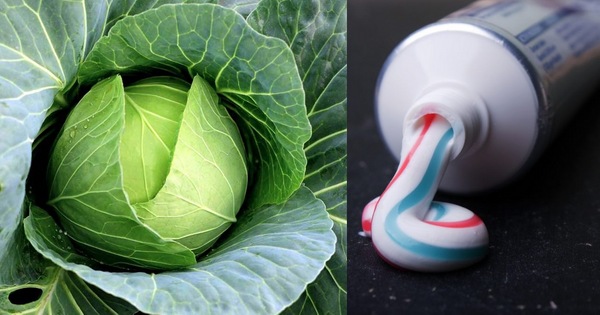
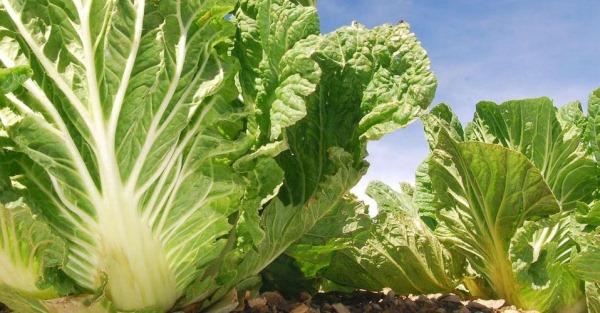
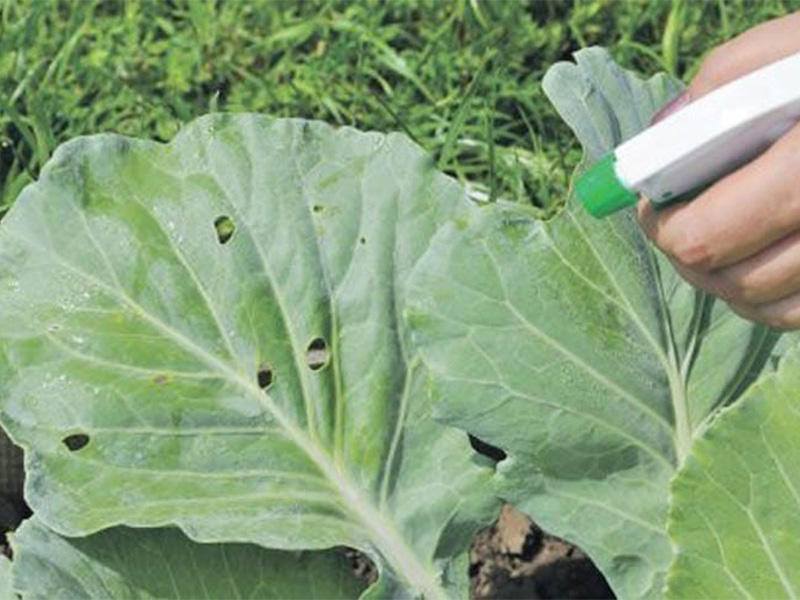
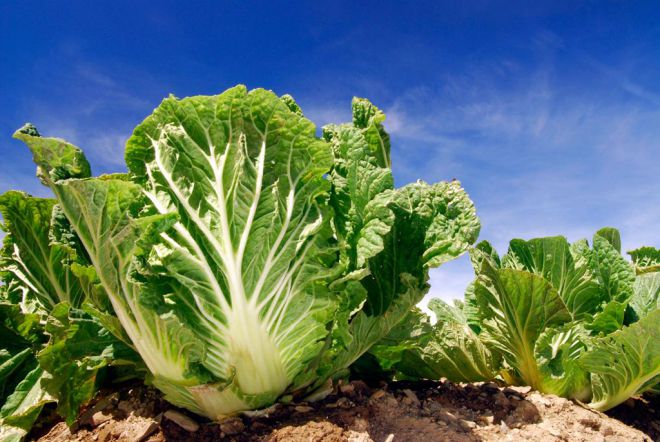 How to grow Chinese cabbage on your site?
How to grow Chinese cabbage on your site?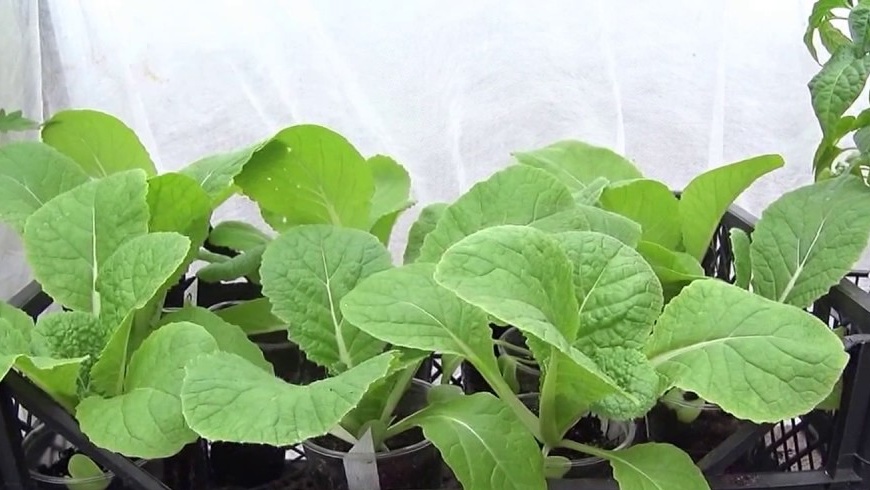 When to plant Chinese cabbage on seedlings in 2024
When to plant Chinese cabbage on seedlings in 2024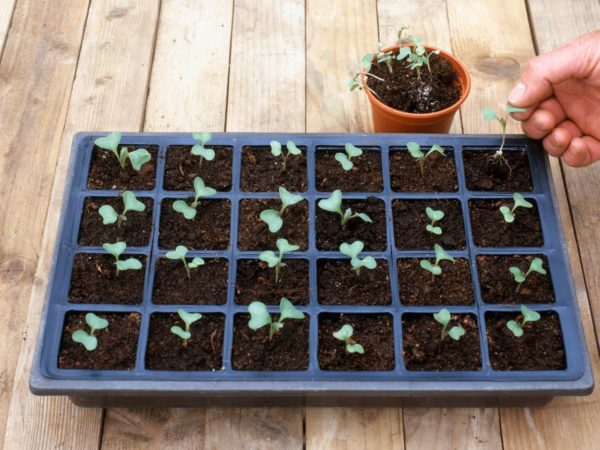 When to sow cabbage for seedlings in 2019 on the moon
When to sow cabbage for seedlings in 2019 on the moon Cauliflower: how to grow large snow-white inflorescences
Cauliflower: how to grow large snow-white inflorescences